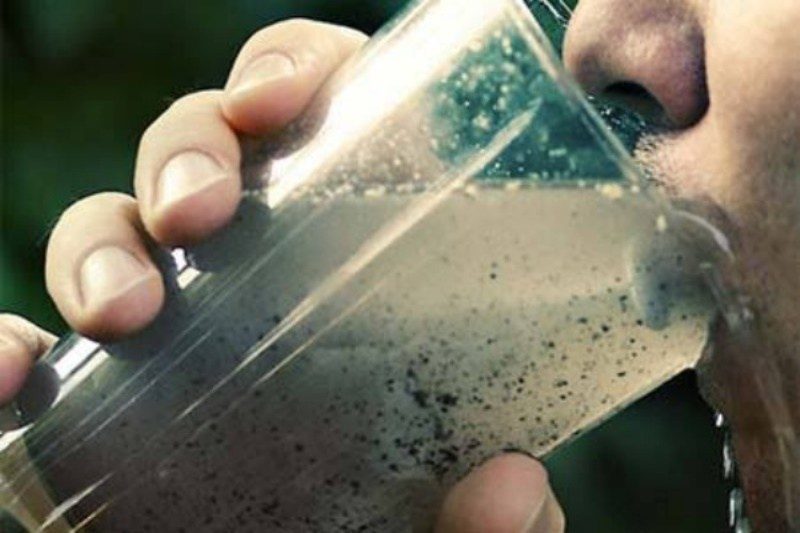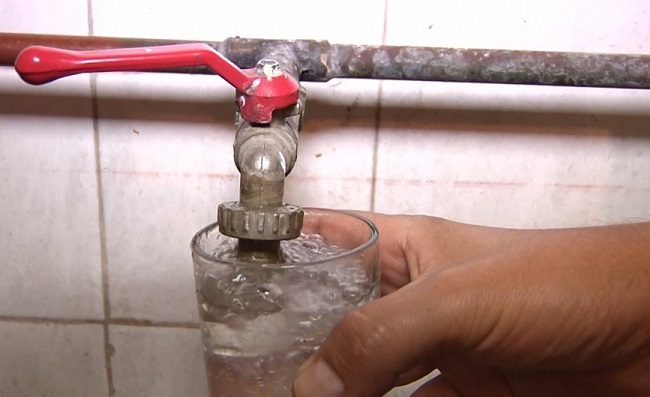Arsenic in the water has been a major problem for the population in different parts of the country historically. It is a chemical element that, in high concentrations, poses a serious health risk.
In the Province of Buenos Aires, various regions have shown alarming levels of arsenic in their water sources. But, where are the highest concentrations recorded and what are the implications for the inhabitants?
What is arsenic
Arsenic is a metalloid that is naturally found in the environment, especially in groundwater. Its presence can be attributed to geological processes, but also to human activities, such as agriculture and industry.
 The danger of arsenic in water.
The danger of arsenic in water.
In most cases detected in Argentina, the origin is natural, as it is present in rocks and minerals common in many areas.
Long-term exposure to arsenic can cause serious health problems, including cancer and dermatological diseases.
Arsenic in the water map: places with the highest concentration in Argentina
In 2011, a group of scientists from the Buenos Aires Institute of Technology (ITBA) designed the Arsenic Map, with the aim of detecting and monitoring levels of this component in the country.
The data collection became a virtual map that indicates whether the water is safe for consumption or not. For the 350 marked locations, three colors are used. Green for those with good values, yellow and red.
The latter is the case of cities such as Lobos and Junín, in Buenos Aires, or the General San Martín Department in Córdoba.
Since, like many projects, collaboration from the population decreased during the pandemic, the team decided to relaunch the website and improve its quality by incorporating resources from Google Maps.
Arsenic in the water: what happens in the Province of Buenos Aires
 Arsenic in the water: health hazards.
Arsenic in the water: health hazards.
Regarding the Province, the areas with the highest concentration of arsenic are:
- Northwest of Buenos Aires: regions like Junín and General Arenales have high levels of arsenic in their groundwater. Studies have shown concentrations that exceed the limits established by the World Health Organization (WHO).
- San Nicolás Partido: this area was identified as another heavily affected area, with measurements indicating a constant concern for the quality of drinking water.
- Salado Region: along the Salado River, worrying levels of arsenic have been documented, affecting not only the health of the inhabitants but also local agriculture.
Do you already know our YouTube channel? Subscribe!

